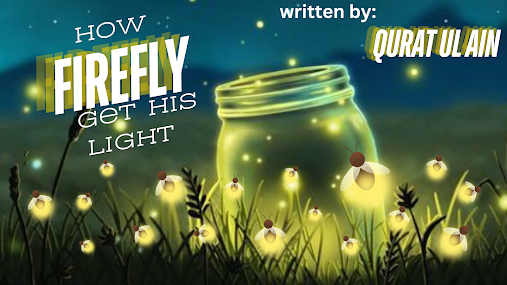Firefly Blog: Nature's Little Light Show
Fireflies, also known as lightning bugs, are a captivating wonder of nature. These small, winged beetles enchant us with their bioluminescent glow, creating a magical ambiance on warm summer nights. Here's a closer look at these fascinating creatures and the science behind their glowing light.
What are Fireflies?
- Insect Family: Fireflies belong to the Lampyridae family of beetles.
- Habitat: They are commonly found in warm, humid environments such as forests, fields, and wetlands.
- Lifespan: The firefly lifecycle includes four stages: egg, larva, pupa, and adult. Adults typically live for a few weeks.
How Do Fireflies Produce Light?
The light production in fireflies is a result of a chemical reaction known as bioluminescence. Here’s a breakdown of the process:
1. Luciferin: This is a light-emitting compound found in the firefly’s abdomen.
2. Luciferase: An enzyme that catalyzes the oxidation of luciferin.
3. Oxygen: Necessary for the chemical reaction.
4. ATP(Adenosine Triphosphate): Provides the energy required for the reaction.
The Chemical Reaction
- Step 1: Luciferin combines with oxygen in the presence of the enzyme luciferase.
- Step 2: This reaction produces light and a byproduct called oxyluciferin.
- Step 3: The reaction is highly efficient, with nearly 100% of the energy being converted into light.
Why Do Fireflies Glow?
-Mating Signals: The primary reason for the glow is to attract mates. Each species of firefly has a unique light pattern.
- Predator Deterrence: The light can also serve as a warning to predators about the firefly’s unpalatability.
- Communication: Some species use light to communicate with other members of their species.
Interesting Facts About Fireflies
- Species
Diversity: There are over 2,000 species of fireflies worldwide.
-Colors of Light: While most fireflies emit a yellow-green light, some species can produce red, orange, or even blue light.
- Synchronous Flashing: In certain parts of the world, such as the Great Smoky Mountains, fireflies synchronize their flashes in a mesmerizing display.
Conservation Concerns
Firefly populations are declining due to habitat loss, light pollution, and pesticide use. Conservation efforts are essential to protect these incredible insects and their enchanting light shows.
How You Can Help
- Reduce Light Pollution: Turn off unnecessary lights at night.
- Create Habitat: Provide natural areas with moist soil and vegetation.
- Avoid Pesticides: Use natural alternatives to chemical pesticides in your garden.
Fireflies are more than just a beautiful sight; they are a crucial part of our ecosystem. By understanding and protecting them, we ensure that future generations can enjoy the magic of fireflies lighting up the night.

.jpeg)



.jpeg)

Comments
Post a Comment